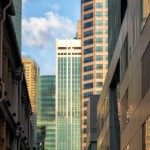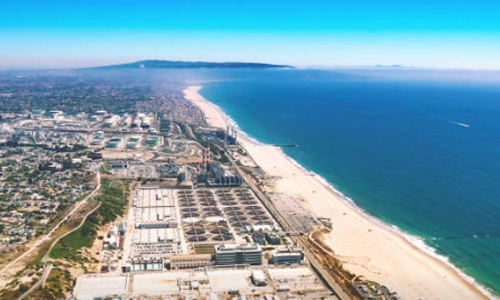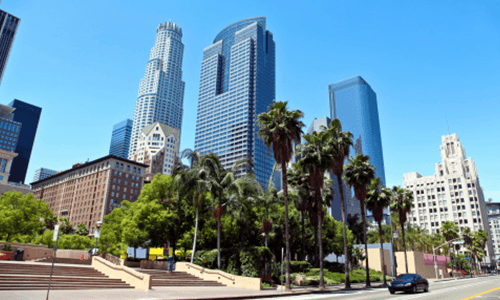
Denver, CO
The Denver MSA is the 18th largest metro economy in the United States. Denver’s economy is based partially on its geographic position and its connection to some of the major transportation systems of the country. Because Denver is the largest city within 500 miles (800 km), it has become a natural location for storage and distribution of goods and services to the Mountain States, Southwest states, as well as all western states. Geography also allows Denver to have a considerable government presence, with many federal agencies based or having offices in the Denver area. Along with federal agencies come many companies based on US defense and space projects, and more jobs are brought to the city by virtue of its being the capital of the state of Colorado. The Denver area is home to the former nuclear weapons plant Rocky Flats, the Denver Federal Center, the Denver Mint and the National Renewable Energy Laboratory.










